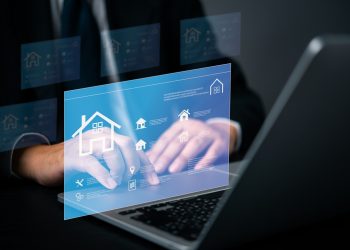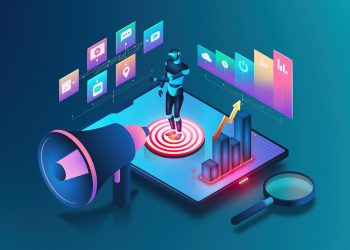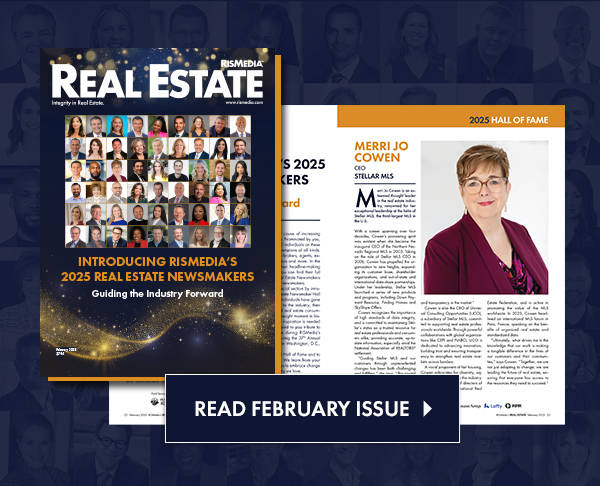Whether you’re new to working remotely or have been doing it for years, you know one thing is true: Giving virtual presentations via Zoom and other online meeting platforms can be a challenge. Many professionals feel that online meetings lack the excitement and passion that comes naturally during face-to-face communication. And they’re right!
The fact is, energy is contagious. When you’re speaking to a live audience, whether it’s a group of five or 500, your adrenaline is high and your presentation reflects that excitement. Unfortunately, it’s difficult to mimic that feeling when you’re giving a virtual presentation in your bedroom with your sleeping cat stretched out diagonally on your bed. In that instance, you might suddenly feel “sleepy,” and you might start behaving this way. You may even speak in a whisper so that you don’t wake the cat. While stillness and calm are great skills to use for your meditation practice, they won’t win the hearts and minds of your listener on any virtual platform.
So, what is the secret to giving high-impact virtual presentations? Use more energy. Create a stimulating virtual meeting by infusing excitement into both your content and your delivery. Remember that the purpose of your virtual presentation, just like your live presentation, is to keep your audience engaged and involved. If you focus on the idea that it is your job to keep your audience interested in both the message and the messenger, then you will take the necessary steps to make that happen.
Here are five energy-boosting tips to keep in mind:
1. Make time to prepare your content. Develop your virtual meeting content the same way you would for a live presentation—well in advance. Don’t let the casual physical environment of home dictate a laissez-faire attitude. If you don’t plan, you and your message may sound disorganized and unconvincing. Structure your virtual presentation in three distinct parts with an opening, body and closing. When you plan your opening, start with a “hook,” establish a clear purpose and develop an agenda. Then develop the body—the “meat in the middle” where the action really happens—by including stories, examples, data, statistics and graphs. Bring your presentation to a close by summarizing what you have covered and asking for action. Remember, the way you structure your message is critical not only to helping your listeners follow along, but also to keeping them engaged and connected.
2. Disrupt the pattern. Pattern disruption is a concept that works well in virtual presentations. The idea is to disrupt the normal flow of information so that listeners are taken by surprise or jolted out of their complacency. Because of the flat 2D format, virtual presentations have to be “made” exciting, and pattern disruption is one strategy that never fails. What can you do to disrupt the ever-boring nature of the predictable “data dump” presentation? Tell a vivid story, share a startling statistic, show a mind-altering image, raise your voice or quicken your pace. While you don’t have as many skills and techniques available to use in a virtual presentation, you still have enough. If you use them in creative ways, you can rouse your listeners and hold their attention. Aim to disrupt the pattern every four to five minutes. When you plan these disruptions as part of your content, you’ll quickly have your listeners eating out of the palm of your virtual hand.
3. Prime the energy pump. Your physical, vocal and verbal skills will go a long way in helping you create and maintain energy throughout your virtual presentation. Prior to your presentation, jump-start your physical and vocal energy by warming up. Speak in a loud voice, practice tongue twisters, sing a song, take a walk outside or around your house, go up and down stairs, make faces in the mirror…do anything to get your heart rate and your energy up. If you speak loudly and move quickly, you will do more to create performance energy than you imagine. And don’t forget to smile and raise your eyebrows right before you sign on. If you’re happy, tell your face.
4. Organize and clean out your work space. Clutter is energy draining; organization is energy boosting. Therefore, remove all coffee cups, golf clubs, electric guitars, dog beds, dirty laundry, games and puzzles. Create one area, no matter how small, that is yours and that you can keep organized, neat and clean. If you can’t keep a neat space, use a green screen background of a “faux” organized office space.
5. Work with other family members to set boundaries on private work time. Unfortunately, family or housemates can be a big energy drain when you’re presenting. Develop a system of “red, yellow, green” and announce what kind of meeting you are entering. Red is highly important (new customer meeting), and that means everyone needs to be quiet and not interrupt. Yellow is less important (work team meeting), but quiet is still required. Green (close colleague) means anyone can come into your space and you will not have to apologize to the person you are talking to. Setting boundaries with a color code will help everyone know the rules and follow them. When you don’t have to focus on anyone else, you can focus on sustaining your energy throughout the presentation.
When conducting virtual meetings, you can’t depend on the stimulating influence of outside energy to give you the boost you need to perform. But you can use the time-tested tools of planning, preparation and practice to help do the job for you. Use these best practices, and whatever you do, don’t let the cat fall asleep in your workspace.
Angela DeFinis is president of DeFinis Communications. The company offers executive speech coaching, presentation skills training and virtual video conferencing training. Through corporate sponsored and public programs, the firm’s skill-building approach helps business professionals become poised, polished and powerful communicators capable of leading effective meetings and delivering compelling presentations. To learn more about the firm’s training programs and coaching services, please visit www.definiscommunications.com.











